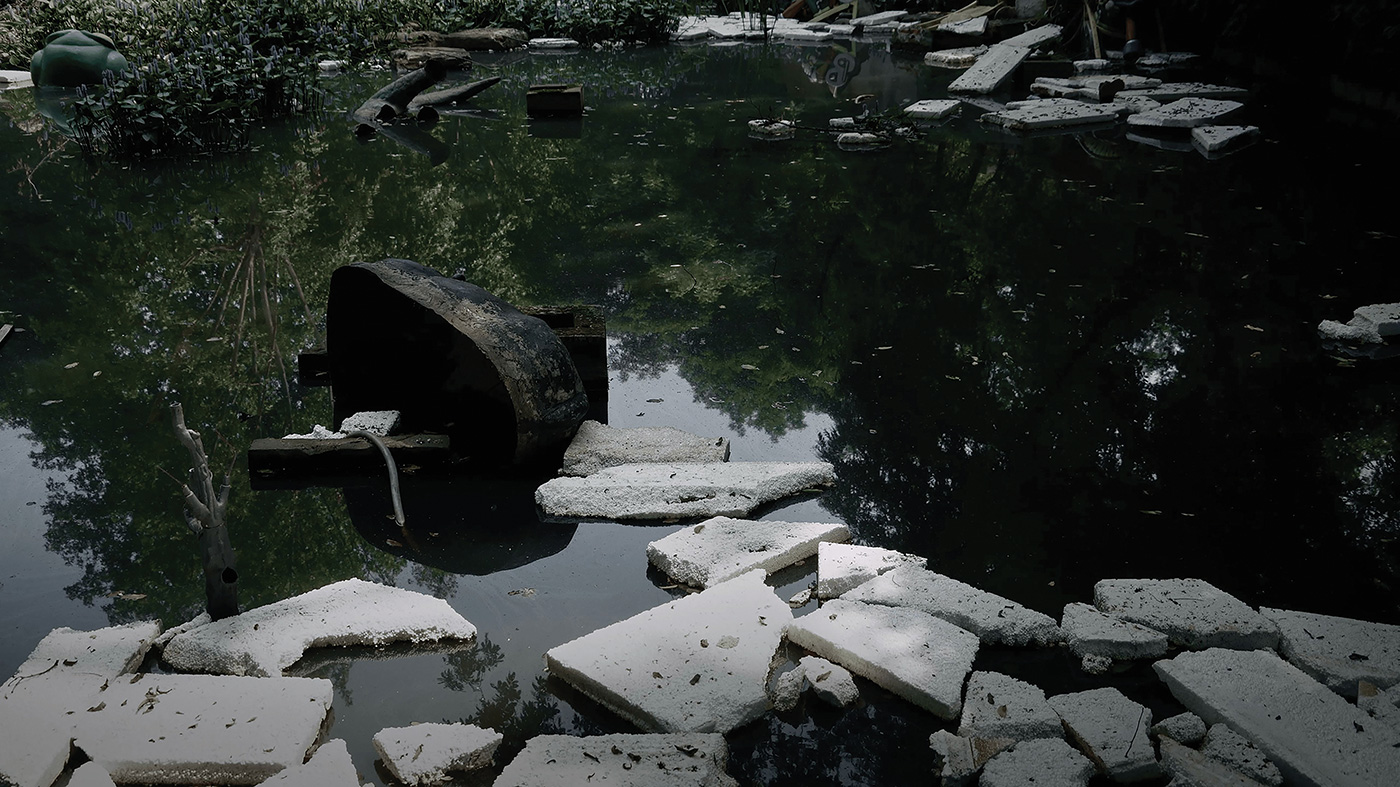Catalogue 2025
Below, browse the 2025 Rencontres Internationales catalogue, or search the archives of the works presented since 2004. New video clips are routinely posted and the images and text are regularly updated.
Below, browse the 2025 Rencontres Internationales catalogue, or search the archives of the works presented since 2004. New video clips are routinely posted and the images and text are regularly updated.

Tianming Zhou
Gan Tang, The Lake
Experimental doc. | 4k | color | 13:48 | China, USA | 2024
In the summer of 2023, the government of Jiujiang launched the Gan Tang Lake Cleansing Project. Within weeks, this ancient lake with over two millennia of history was drained. Nearby in Gan Tang Park, a boy wakes up in the rain. There, the destiny of Gan Tang awaits.
Tianming Zhou (Alaric) works with lens-based media, sound, and installation. He explores the in-between of physical and conceptual landscapes. His works have been showcased at Antimatter, Mimesis, Interfilm, Experiments in Cinema, Non-Syntax, Leiden Shorts, RPM Festival, etc.